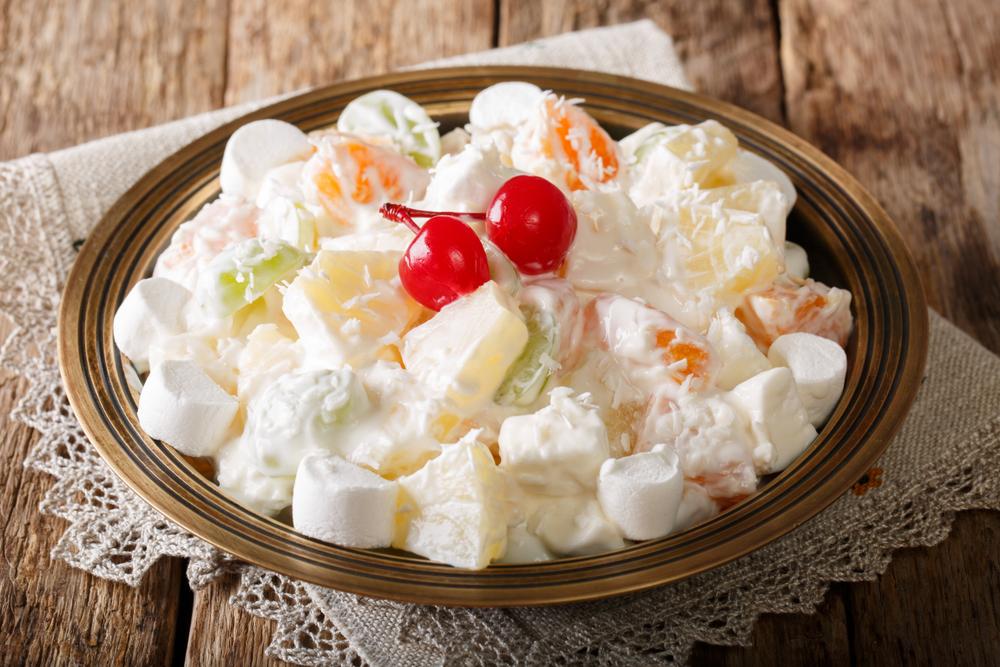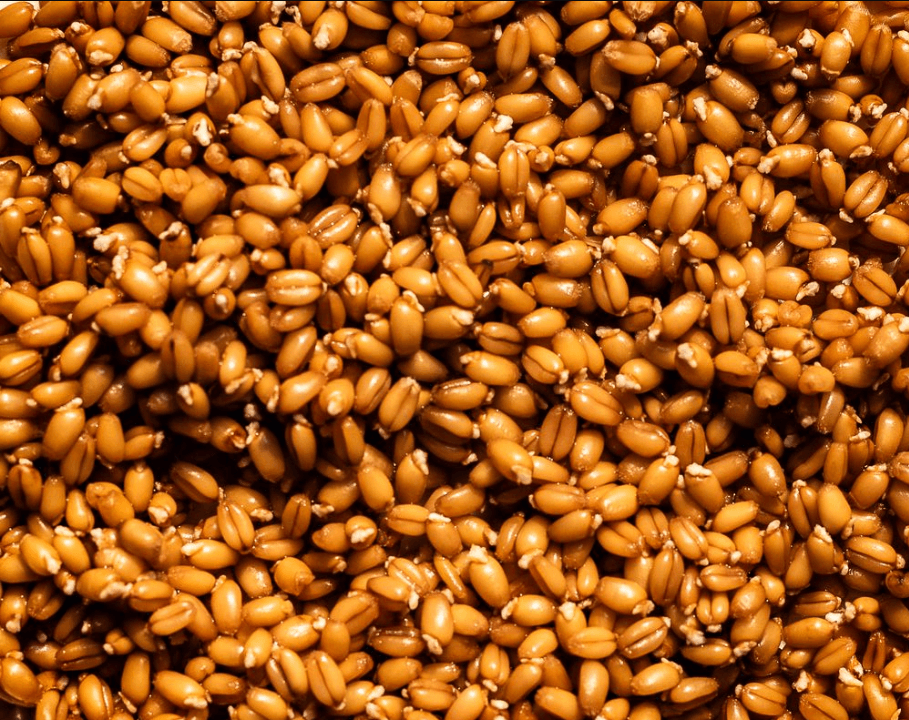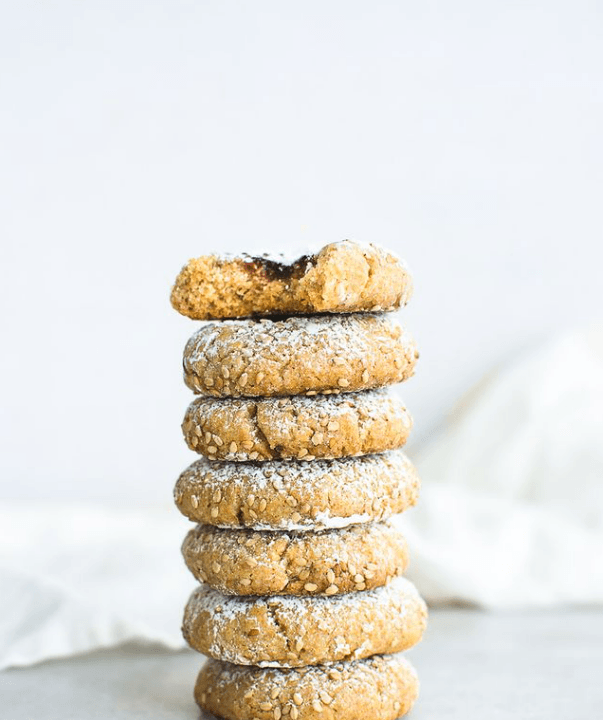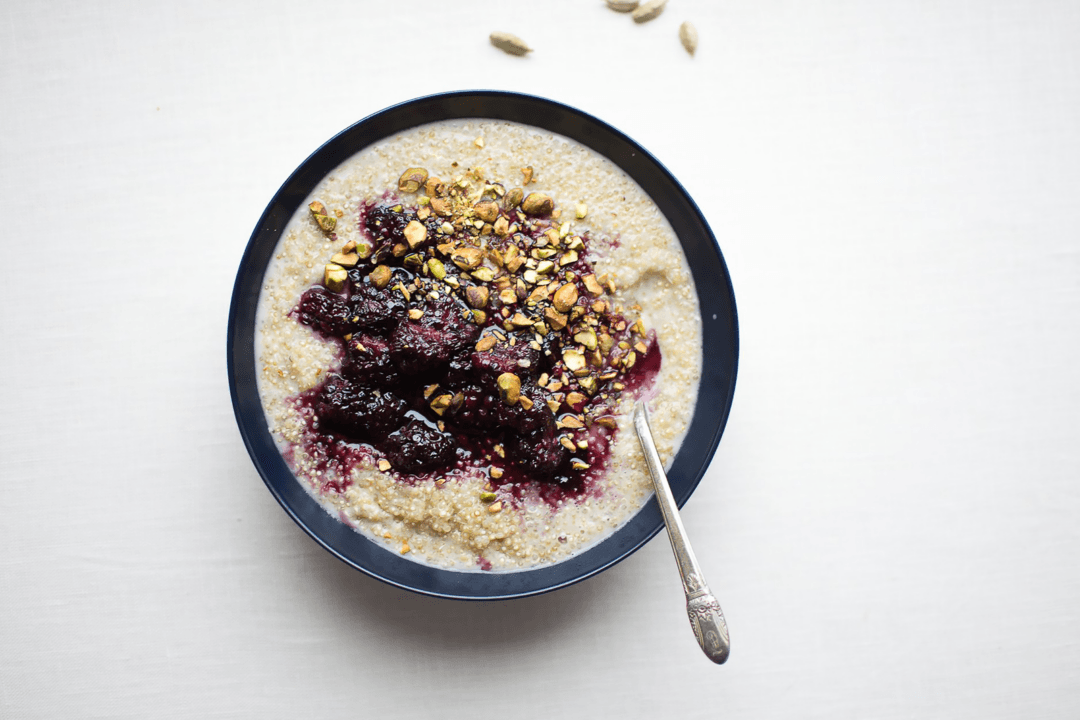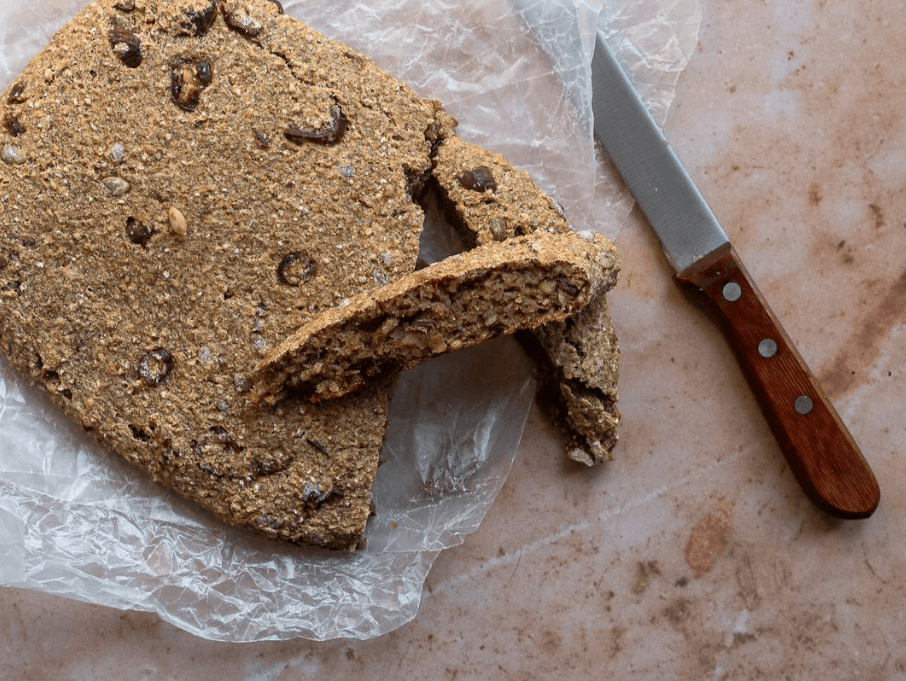If you’ve ever been to a church potluck in the Deep South or Midwest, you’re undoubtedly familiar with ambrosia. If you’re unacquainted, it’s a syrupy sweet, quivering mass of canned fruit, non-dairy whipped topping, coconut, and miniature marshmallows, a sort of dessert that teeters toward fruit salad (or vice versa). It often appears at Thanksgiving and Christmas tables, and, as you might imagine, people have strong opinions about the dish. It’s something you love or hate, with little room for the in-between.
There are countless variations, with every cook convinced theirs is the best way to prepare the dish. What one cook might consider essential, another cook might consider an offensive adulteration. Most recipes call for canned pineapple and mandarin oranges, dried sweetened coconut flakes, and non-dairy whipped topping. Maraschino cherries appear in many recipes, and some cooks swap canned fruit cocktail for the mandarin oranges and whipped cream. Cottage cheese, sour cream, bananas, and chopped pecans number among the more unorthodox additions.

